The Hornbill Festival is one of the most vibrant and culturally significant festivals in India, showcasing the rich heritage of Nagaland and the broader Naga tribes. Known as the “Festival of Festivals,” it takes place annually from December 1st to 10th in Kisama Heritage Village, near Kohima, the state capital. If you’re a traveler with a deep interest in cultural immersion, attending this festival offers an unparalleled window into the diverse customs, music, dance, crafts, and food of the Naga people.
Here’s a detailed look at everything you need to know to explore Naga culture during the Hornbill Festival.
1. The Origins and Significance of the Hornbill Festival

The Hornbill Festival was first organized in 2000 by the Government of Nagaland to encourage inter-tribal interaction among the various Naga groups and to preserve and promote the cultural richness of Nagaland. Named after the revered Hornbill bird, which is widely represented in Naga folklore, the festival is a celebration of the 16 major tribes of Nagaland.
Each tribe in Nagaland has its own unique customs, language, and traditions, and the Hornbill Festival brings all of them together in one grand cultural confluence. It is designed to revive, protect, and showcase the rich traditions of Nagaland through art, dance, music, and food. The festival also promotes eco-tourism, serving as a platform for the local community to benefit from increased tourism.
2. Experiencing Naga Traditions and Rituals
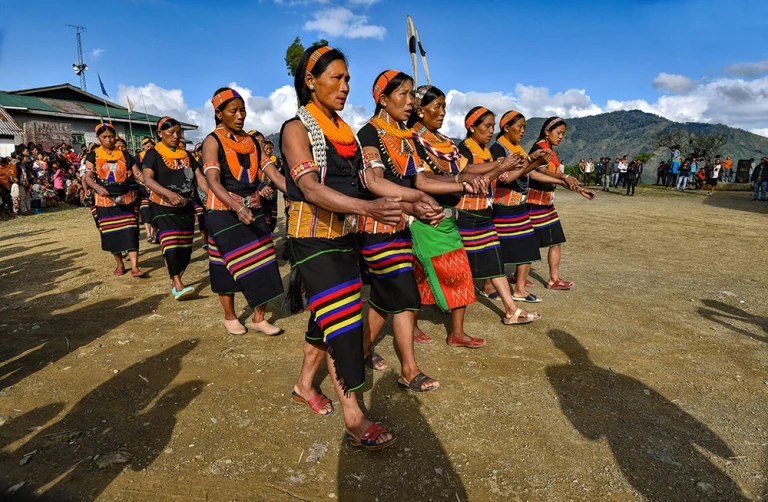
A highlight of the festival is witnessing the traditional Naga dances, songs, and war rituals. Each of the Naga tribes performs dances that tell stories from their folklore or depict historical events. These dances are a blend of graceful movements, rhythmic music, and energetic war cries, often performed in traditional attire, complete with spears, shields, and feathered headdresses.
Tribal dances such as the Aoling festival dance of the Konyak tribe or the Sekrenyi dance of the Angami tribe are deeply symbolic and represent important cultural values such as fertility, strength, and prosperity. These performances provide visitors a glimpse into the lives of the Naga people, where community and nature play central roles.
3. Traditional Naga Cuisine

No cultural festival is complete without the local cuisine, and the Hornbill Festival is a gastronomic delight for adventurous food lovers. Naga cuisine is primarily known for its spicy and fermented foods, with rice as a staple. Signature dishes include Smoked Pork, Axone (fermented soybeans), and Bamboo Shoot Curry. The festival also hosts a unique Naga chili-eating competition, a fiery event given the reputation of Naga chilies as some of the spiciest in the world.
For the more daring, there’s also a chance to sample exotic meats like snails, silkworms, and frogs. Food stalls across the festival grounds serve a variety of dishes, giving you a taste of authentic Naga cuisine that has been passed down for generations.
4. Music and Arts at the Hornbill Festival
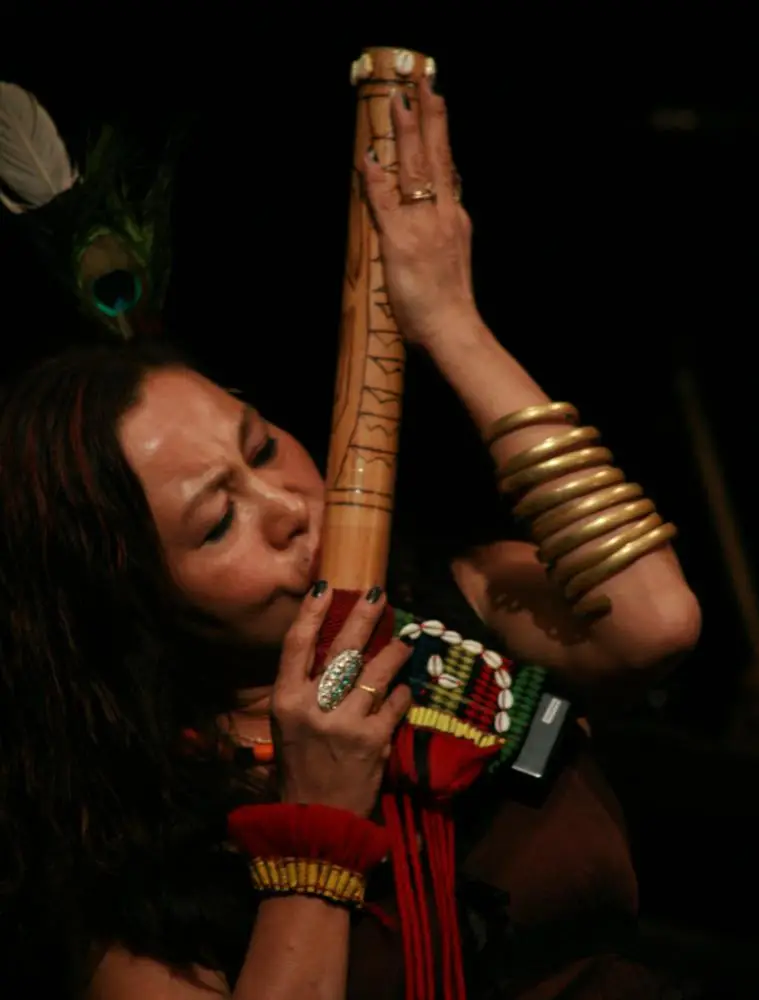
Music is at the heart of Naga culture, and the Hornbill Festival amplifies this passion with performances ranging from traditional folk music to modern rock. The Hornbill International Rock Contest is one of the biggest attractions, drawing rock bands from across the country to compete. The festival also features performances by Indigenous musicians playing instruments like the log drum, morning, and Bamhum (a bamboo wind instrument).
In addition to the music, the festival showcases the artistic talents of the Naga people through exhibitions of crafts, handloom products, and traditional textiles. Visitors can purchase handmade Naga shawls, intricate bamboo baskets, and wooden carvings as souvenirs.
5. Handicrafts and Souvenirs
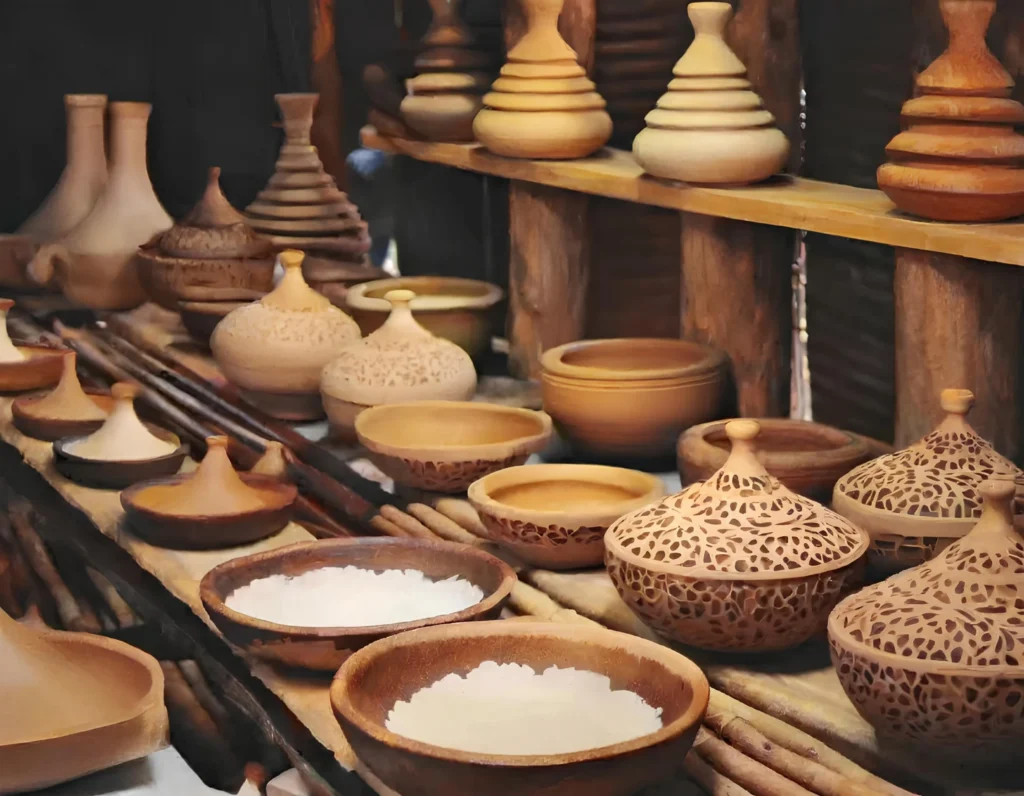
Naga tribes are known for their expertise in crafts such as weaving, pottery, wood carving, and basketry. The festival offers an extensive display of these art forms, with stalls selling handwoven textiles, intricately designed bamboo products, and traditional jewelry made of beads, bones, and feathers. These items serve as a perfect reminder of the rich cultural heritage of the Naga people, and purchasing them also supports the local artisans.
6. Adventure and Ecotourism

While the Hornbill Festival primarily focuses on culture, Nagaland’s lush natural landscape also beckons adventure enthusiasts. The region around Kohima is a haven for trekking, rock climbing, and nature walks. Popular activities during the festival include guided tours to nearby attractions such as the Dzükou Valley, known for its stunning landscape of flowers and rolling hills, and the Japfu Peak, which offers panoramic views of the region.
For those interested in learning about the Naga agricultural lifestyle, eco-tours are available to villages like Khonoma, an eco-village known for its history of resistance against British colonizers and its efforts toward conservation and sustainable farming.
7. A Window into Naga History

One of the fascinating aspects of the Hornbill Festival is the chance to delve into the history of the Naga people. The festival is held in the Kisama Heritage Village, a cultural complex that showcases traditional Naga architecture, including models of tribal homes with thatched roofs, wooden carvings, and symbolic monoliths. The World War II Museum near the festival grounds provides insights into Nagaland’s role during the conflict, particularly the Battle of Kohima, which played a decisive part in halting the Japanese advance in India.
8. Cultural Competitions and Events
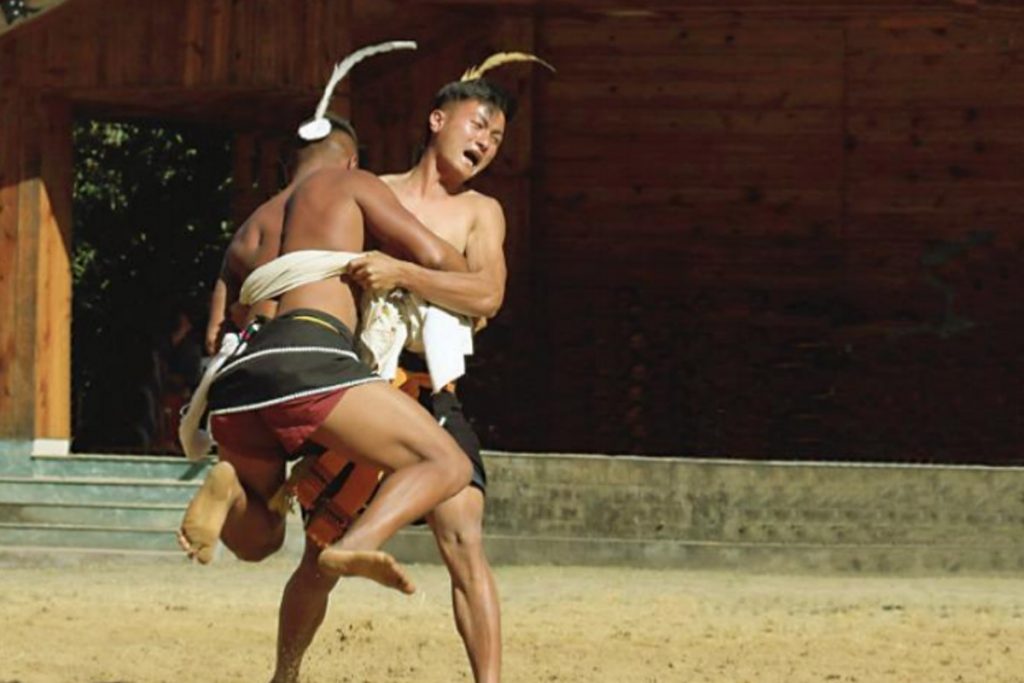
Apart from performances, the Hornbill Festival features a variety of competitions that are open to both locals and tourists. These include archery contests, traditional wrestling matches, and the amusing greased bamboo pole climbing event. Visitors can also participate in workshops that teach traditional Naga crafts, cooking, and dancing, allowing them to gain hands-on experience in Naga culture.
9. Staying in Nagaland During the Festival

Accommodation options in Kohima and surrounding areas range from comfortable hotels to homestays that provide a more authentic Naga experience. Homestays offer the opportunity to interact closely with local families, learning more about their day-to-day lives and traditions. Some villages around Kohima also offer community-based tourism experiences, where visitors can stay in traditional huts and participate in village activities such as farming or handicraft making.
10. Sustainable Tourism in Nagaland
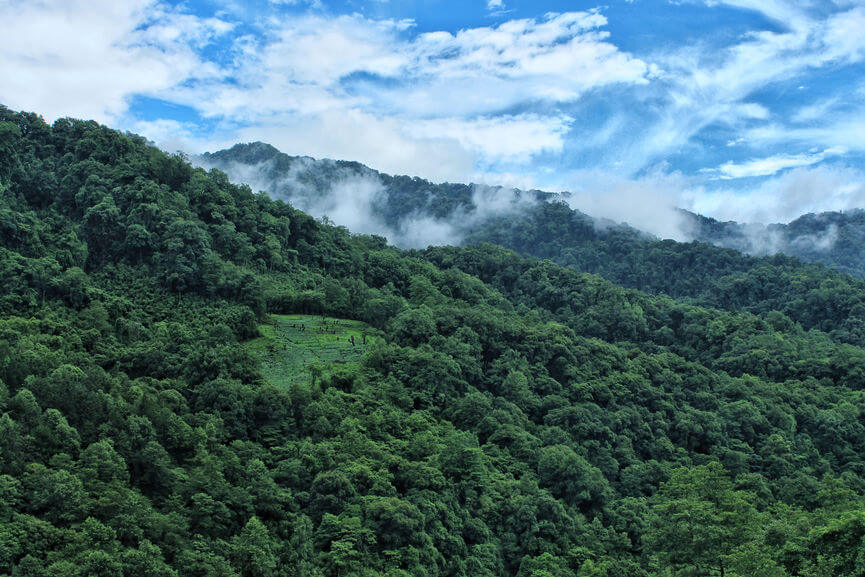
Nagaland is increasingly focused on promoting sustainable and responsible tourism, and visitors are encouraged to respect local customs, minimize waste, and support eco-friendly practices. When attending the Hornbill Festival, it’s important to be mindful of the environment and the local communities by avoiding single-use plastics, supporting local businesses, and practicing responsible trekking.
11. Planning Your Visit to the Hornbill Festival
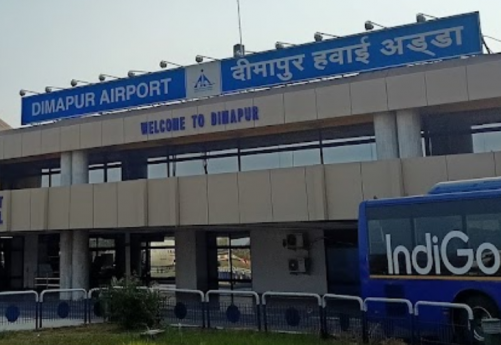
The Hornbill Festival typically takes place from December 1st to 10th every year, coinciding with Nagaland’s Statehood Day. It’s advisable to book accommodation well in advance, as Kohima and its surrounding areas can get crowded during the festival period. For international travelers, the nearest airport is Dimapur, about 74 kilometers from Kohima, with direct flights from major Indian cities like Kolkata and Guwahati. Taxi or buses are available to take you from Dimapur to Kohima.
Conclusion
Attending the Hornbill Festival is an unforgettable journey into the heart of Naga culture. From the exhilarating traditional performances to the mouth-watering cuisine and stunning natural beauty, this festival offers a comprehensive experience of Nagaland’s heritage. Whether you’re a history buff, a nature lover, or simply someone eager to learn about indigenous cultures, the Hornbill Festival is a must-attend event that will leave you with memories and insights that last a lifetime.

Leave a Reply